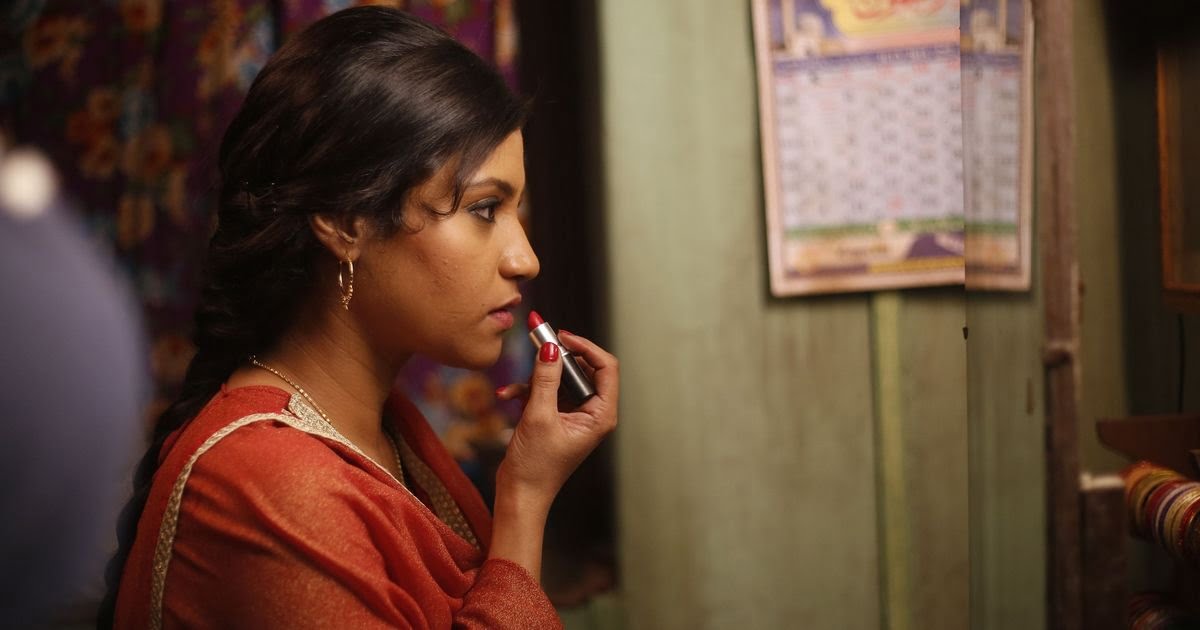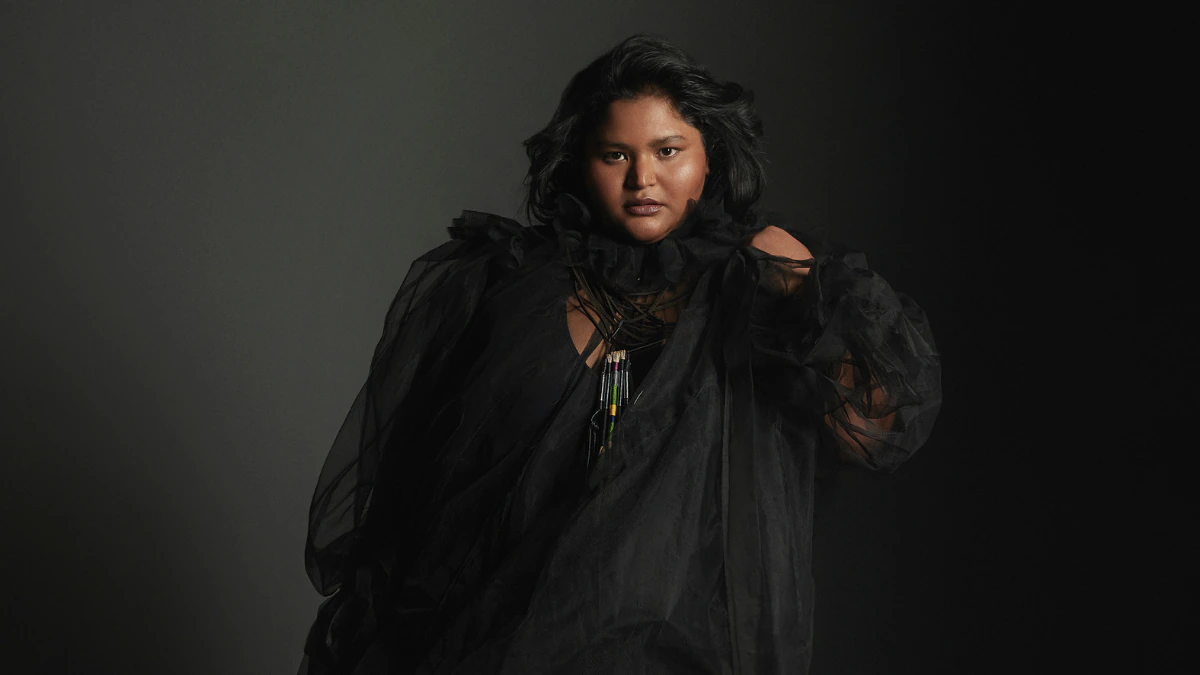When I was a kid, I found painted lips deplorable. I detested my mother for wearing lipstick. Every day, as she left for office in the morning, she would wake me up, still drowsy, and plant two goodbye kisses on both my cheeks. When I woke up, cherry-red lips were imprinted on my cheeks as I lazily looked in the mirror which was right opposite my bed. I rubbed hard to get those marks off. I would belch at the thought of lipstick because I subscribed to the idea of it as an artificiality, a deflection from reality.
I detested my mother for wearing lipstick. Every day, as she left for office in the morning, she would wake me up, still drowsy, and plant two goodbye kisses on both my cheeks. I rubbed hard to get the marks of her lipstick off. I would belch at the thought of lipstick because I subscribed to the idea of it as an artificiality, a deflection from reality.
But when I think deeply about it, I realise that the dislike emerged from a nexus of hatred that was associated with everything deemed ‘feminine’ by the patriarchal society. Lipstick is a symbol of beautification, something that is exclusively retained to have connotations representing femininity.
I belong to a middle-class, Bengali joint-family full of men who would demean everything feminine. In fact, they would resort to feminine attributes as abuses in order to emasculate men who did not fit into their idea of being ‘manly enough’ (read: hypermasculine). Above all, my father wished for a more masculine child. He wished for a son who he could train to be the sportsperson that he never could be, a widely practiced trope in Indian families to pass on unfulfilled dreams to their offspring!
Also read: Red Lipstick: Tracing The Kiss Of ReLOVEution
As a child, I would vehemently reject my femininity and would relentlessly try to be my father’s son. I rejected everything that exuded the ‘stench of femininity’ that the society had perversely advocated. I adhered to the typified idea of a ‘tomboy’ which raged during the 90’s Indian zeitgeist. With short hair, shorts and a cap, I played sports only to prove a point: that women were capable of being the sportsman my father desired.
However, as I grew up and my mind expanded with the endowment of literature, I uncovered the veil of masculinising the society as a primary propaganda of patriarchy. It is only by adhering to values which are deemed ‘masculine’ in a patriarchally constructed world that women are seen as icons in the modern world.
Why must a woman only be respected if she goes out to work and earns a living? Why can’t women who cook and look after their children be also seen as empowering? The society’s disavowal for recognising domestic labour or household chores as legitimate ‘work’ had blurred my childhood. The engagement with such questions resuscitated my relationship with lipstick. Over the years, I have come to love painted lips. This love for the lipstick grew especially after I realised that it has also been historically seen as a signatory of a seductress, a glaring symbol of female sexuality. The lasciviousness of the lipstick is what makes it a shattering representation of the ‘feminine’, forming cracks in the toxic patriarchal system.
Also read: Portraying Female Sexual Desire: Can Cinema Help Us Hit The G-Spot?
My discovery of the occult beauty hidden in the shade of a lipstick is astonishingly new. Yet, as I shed the ‘tomboy’ image, born out of the patriarchal conditioning which abhors anything feminine, I simultaneously embrace different shades of lipstick that I could apply to my lips.
Nowadays, I urge my mother to leave those imprints on my cheeks, as she still applies cherry-red on her old yet beautiful lips when she leaves for office. My discovery of the occult beauty hidden in the shade of a lipstick is astonishingly new. Yet, as I shed the ‘tomboy’ image, born out of the patriarchal conditioning which abhors anything feminine, I simultaneously embrace different shades of lipstick that I could apply to my lips. Sometimes, I notice a little blot has gone astray from the outline of my lip, like a child’s mistake on a colouring book. I correct it assiduously with the tip of my garment. That is how I look in the mirror and I assert my femininity: I adore it, I nestle it! It grows within me as the clouds of confusion over embracing my femininity clears in a distant horizon.
Ankita is a M.A student from the department of Comparative Literature from Jadavpur University. Previously, she has worked as a journalist and she did her graduation in Sociology in Presidency University. She can be found on Instagram, Facebook and Medium.
Featured image source: Scroll.in




